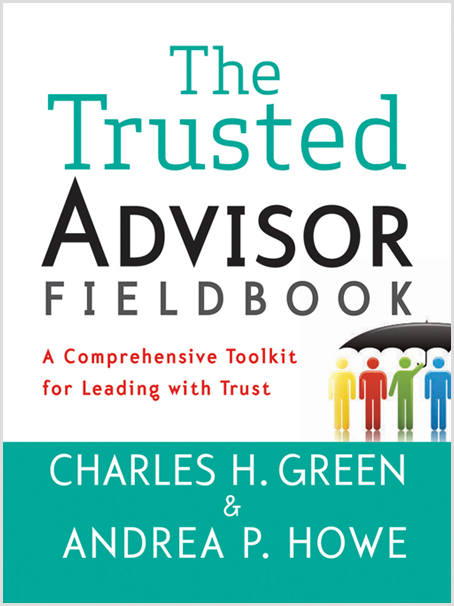This post is part of our Monthly-ish Tips series.

I’ve been thinking (and writing) a lot about trust and communications lately—related to dialogue as well as broadcasts like presentations and group-wide communications. Here’s my template for how you can rebuild trust you’ve lost when you’re talking to someone. (I’ll take a stab at how it might go for a written communication next week.)
First, here’s a quick recap from a prior tip on the trap most smart people fall into when it comes to rebuilding lost trust: You’re too logical about it. You focus mostly (or only) on the more rational aspects of the trust equation. For example, you make a new/better promise, then (presumably) follow through, which boosts reliability. You try to fix the actual problem, which builds credibility.
Imagine a client who says:
All too often the immediate reply is:
This response, while usually well-meaning, is particularly problematic because any trust injury also has emotional/psychological impact. And to heal that wound—or at least begin to—you also have to work to increase intimacy and decrease self-orientation. Not doing so can take some serious hours off of your life. Think about the cost in terms of time and energy of a client who complains over and over and over again about something that happened in the past. Persistent complaints are very often a sign that an old wound is festering because you’ve applied the wrong medicine.
So, let’s try this again.
Instead of rushing to a solution, try a six-part process.
Imagine a client who says:
Now, tailor this starter script to suit your style and situation, communicating in a way that’s genuine and heart-felt:
| 1. Prove you’ve heard they’re upset: | I’d be frustrated if I were you.” |
| 2. Explore/acknowledge the impact: | “You said you’ve raised this three times, which has personal impact in terms of _________. And you mentioned delays, which _________.” |
| 3. Take responsibility: | “I could have done better, specifically _________. I am personally taking responsibility for this.” |
| 4. Offer to make them whole: | “I’d like to at least try to lessen the impact by _________.” |
| 5. Commit to preventing it: | “I’ve also escalated this/committed to making sure this doesn’t happen again by _________.” |
| 6. Offer a solution: | “Here’s how we’re going to fix it right now.” |
Consider the world of difference for the receiver who’s hearing your plan to make it better after a whole lotta acknowledgment.
Yeah, it takes longer. I timed it: three seconds versus 30-ish.
I’m willing to bet those extra 27 seconds will save you hours—and maybe even days—in the long run. Seems to me that’s a pretty good return that’s worth a try.
Make It Real
This week, think about a time when you had to recover trust that you lost. Reflect on the six-part process. What did you include? What did you miss?
Learn More

Review my recorded webinar on rebuilding lost trust (scroll down to Webinar #2) or brush up on Charlie’s and my tips for constructive confrontation when others are untrustworthy in Chapter 25 of The Trusted Advisor Fieldbook.
Andrea Howe
Latest posts by Andrea Howe (see all)
- A lesson from my own trust “fail” in my first-ever client meeting - April 15, 2024
- Why choosing silence in the face of awkwardness can be a trust tragedy - March 21, 2024
- What NOT to do when you think you’re being ghosted - February 21, 2024
